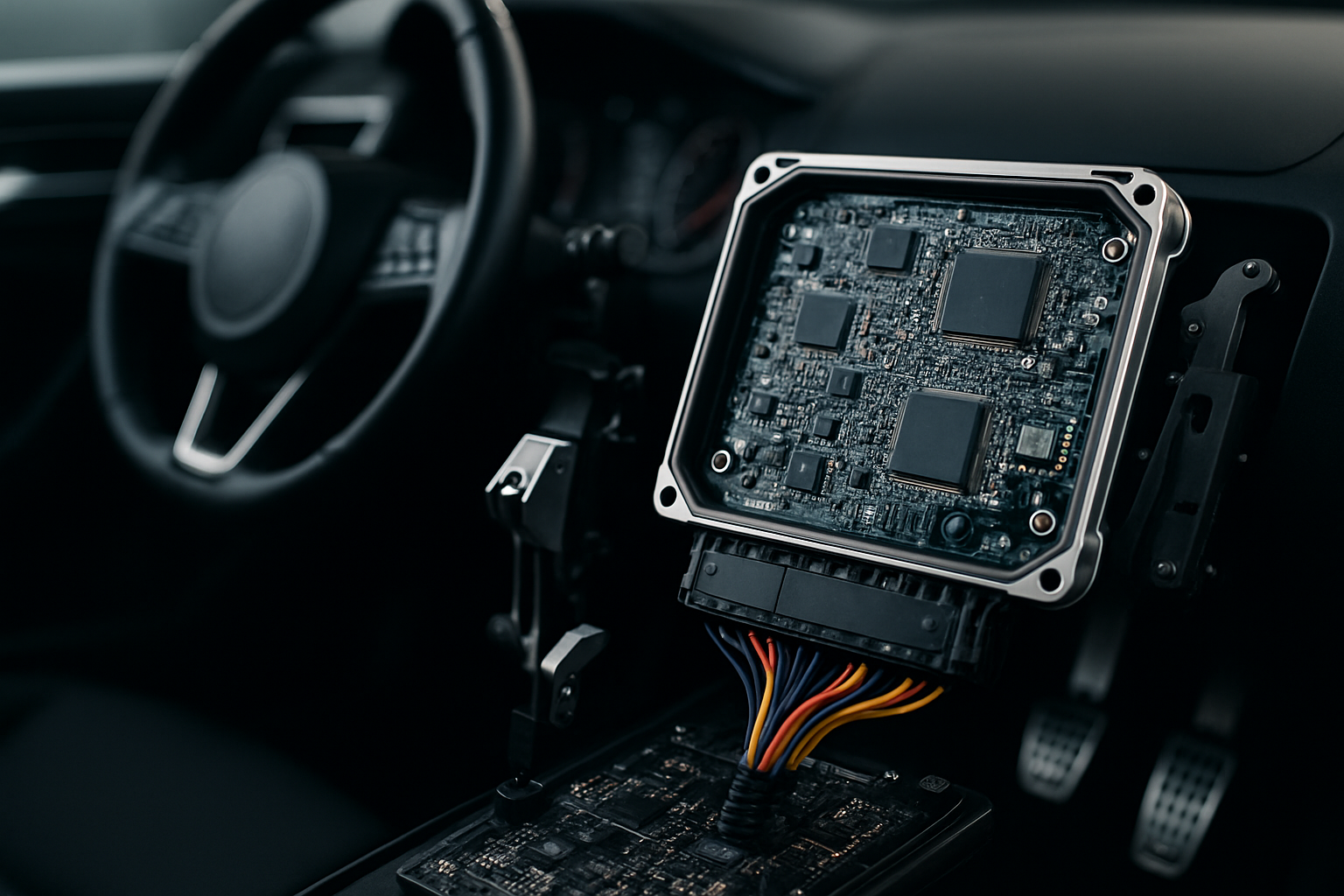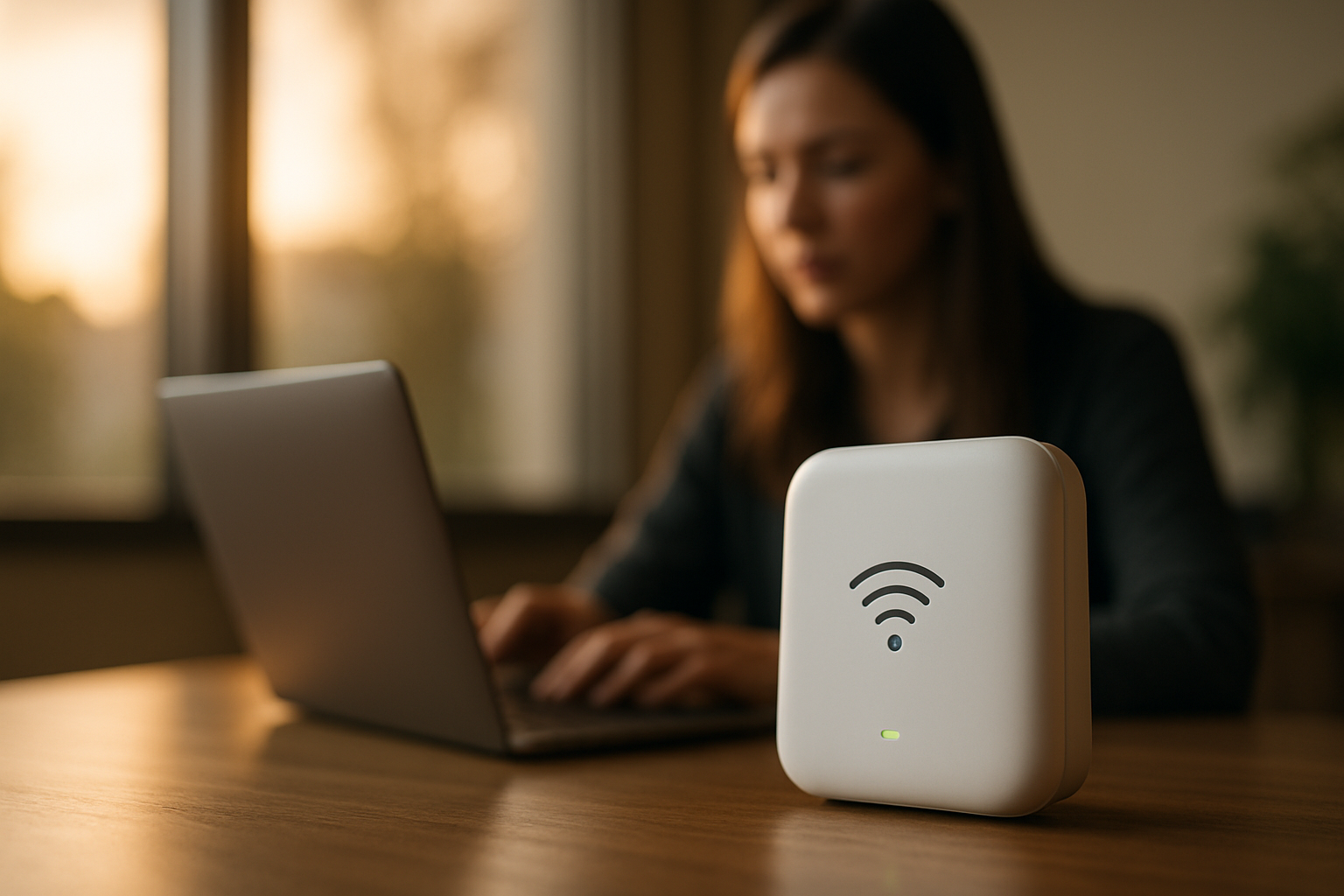Addressing the Modern Epidemic: Digital Eye Strain and What You Can Do About It
The digital age has brought us countless conveniences, from instant access to information to the ability to work remotely. But it has also introduced new health concerns, one of which is the increasing prevalence of digital eye strain. Also known as computer vision syndrome, this condition affects millions of people globally, causing discomfort, fatigue, and even vision problems.

What is Digital Eye Strain?
Digital eye strain is a group of eye and vision-related problems resulting from prolonged computer, tablet, e-reader, and smartphone use. Many individuals experience eye discomfort and vision problems when viewing digital screens for extended periods. The level of discomfort appears to increase with the amount of digital screen use.
Understanding the Impact of Digital Devices on Eye Health
The advent of digital technology has significantly changed our visual habits. Before, our eyes were mostly used for distance viewing, but today, we spend countless hours staring at screens just a few inches away. This drastic shift in our visual habits can cause an array of symptoms, including eye strain, dry eyes, headaches, and blurred vision.
The Science Behind Digital Eye Strain
Several factors contribute to digital eye strain. One is the high-energy visible (HEV) light emitted by digital screens. HEV lights, also known as blue lights, have shorter wavelengths and higher energy levels than other types of light. Overexposure to blue light can lead to retinal damage, contributing to age-related macular degeneration, a leading cause of blindness.
Another factor is the way we use our digital devices. When we look at a screen, we blink less frequently, which can cause dry, irritated eyes. Plus, the need to focus on small, pixelated images can strain the eyes.
Practical Measures to Reduce Digital Eye Strain
Though digital eye strain is a common concern in today’s digital age, there are several practical measures you can take to alleviate its symptoms:
-
Follow the 20-20-20 rule: Every 20 minutes, take a 20-second break and look at something 20 feet away.
-
Adjust your workstation: Place your screen at least an arm’s length away and slightly below eye level.
-
Use adequate lighting: Ensure the room is well-lit, but avoid glare on your screen.
-
Increase text size: Make sure the text on your screen is big enough to read comfortably.
-
Use a blue light filter: These filters, which can be added to your digital screens, can help reduce your exposure to blue light.
Conclusion
As we continue to navigate the digital age, it’s crucial to recognize and address the health concerns that come with it. Digital eye strain is a common issue, but with understanding and practical measures, we can mitigate its impact on our lives. Remember, your eye health is just as vital as your overall health, so take the necessary steps to protect it.





